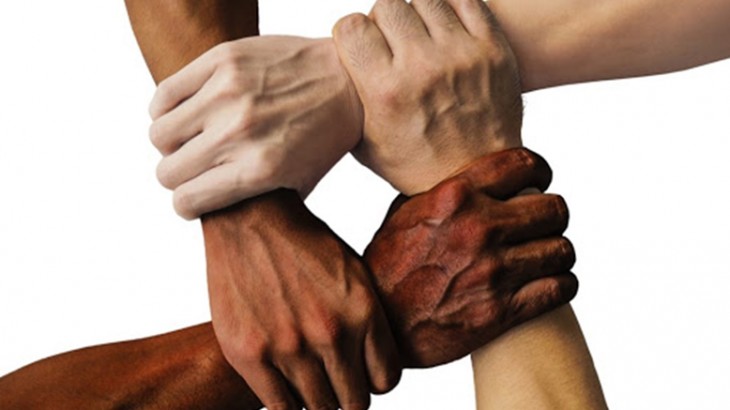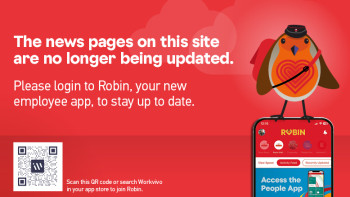From bystander to ally

The recent focus on racism and the ‘Black Lives Matter’ movement may leave many of us wondering what more we can all do to show support to our black, Asian and minority ethnic (BAME) colleagues.
This week, we celebrate National Inclusion Week, an opportunity to celebrate everyday inclusion in all its forms and acknowledge the importance of placing equality, diversity and respect at the heart of our business.
Today, we want to share how a ‘bystander’ – someone who witnesses inappropriate behaviour, but is not directly involved themselves, can become an ‘ally’ – someone who can step up to intervene to stop or diffuse a difficult situation.
To address racist or ‘non-inclusive’ and inappropriate behaviours in the workplace, bystanders must become allies. Non-action implies implicit agreement with the perpetrator. However, where there is intervention, it has been shown to create a community culture where the person affected feels supported because such inappropriate behaviour is shown to be clearly not tolerated.
Non-inclusive behaviour is something all colleagues need to be aware of. Non-inclusive behaviour can be conscious or unconscious, ranging from bias, harassment and discrimination, to interrupting someone, gestures and tone of voice or words used.
Although the intention of the perpetrator might not be to cause offence, the impact of these behaviours can cause colleagues to lose confidence and feel isolated or disengaged.
Actions for allies
Allies can follow these actions to discourage a perpetrator during an incident, support the colleague on the receiving end of the negative behaviour and help to prevent inappropriate workplace behaviour in the future.
1. Do not wait or assume that others will intervene – take responsibility. Bystander apathy is very real, somebody witnessing an event does not always mean that they will intervene. Take responsibility yourself, step up and intervene either directly, or indirectly.
2. Check it is safe to intervene – use this assessment to determine your actions. Assess the situation before deciding to respond: are you safe? Is the person being harassed safe? Does it seem unlikely the situation will escalate? Direct intervention is only the correct response if you can answer yes to all these questions.
3. Be confident and clear, but don’t be rude when intervening. Use general statements such as ‘That’s inappropriate, disrespectful, not okay, etc.’ or ‘This makes me feel uncomfortable’ when speaking up and ask the person who is being harassed how they feel. Be short and succinct, and try not to engage in dialogue, debate, or an argument with the harasser, assist the person on the receiving end instead.
4. Don’t be a lone wolf – get help from others if necessary. Speak to someone near you who notices what is happening and work together. Seek support from a line manager or HR if you need to.
5. Provide support after the incident. After an incident, the best thing you can do is to record the incident. Add the time, date, and location, but don’t share it without the recipient’s express permission.
Supporting BAME colleagues
Making our business a place where black, Asian and minority ethnic colleagues can achieve their potential remains a priority. Career progression is a key focus as we work towards improving the representation of colleagues from BAME backgrounds across all levels of the business.
If you are thinking about holding a BAME cultural event in your unit, and need some help please reach out to the BAME steering group, or volunteer to help out with their activities, email bame@royalmail.com.



